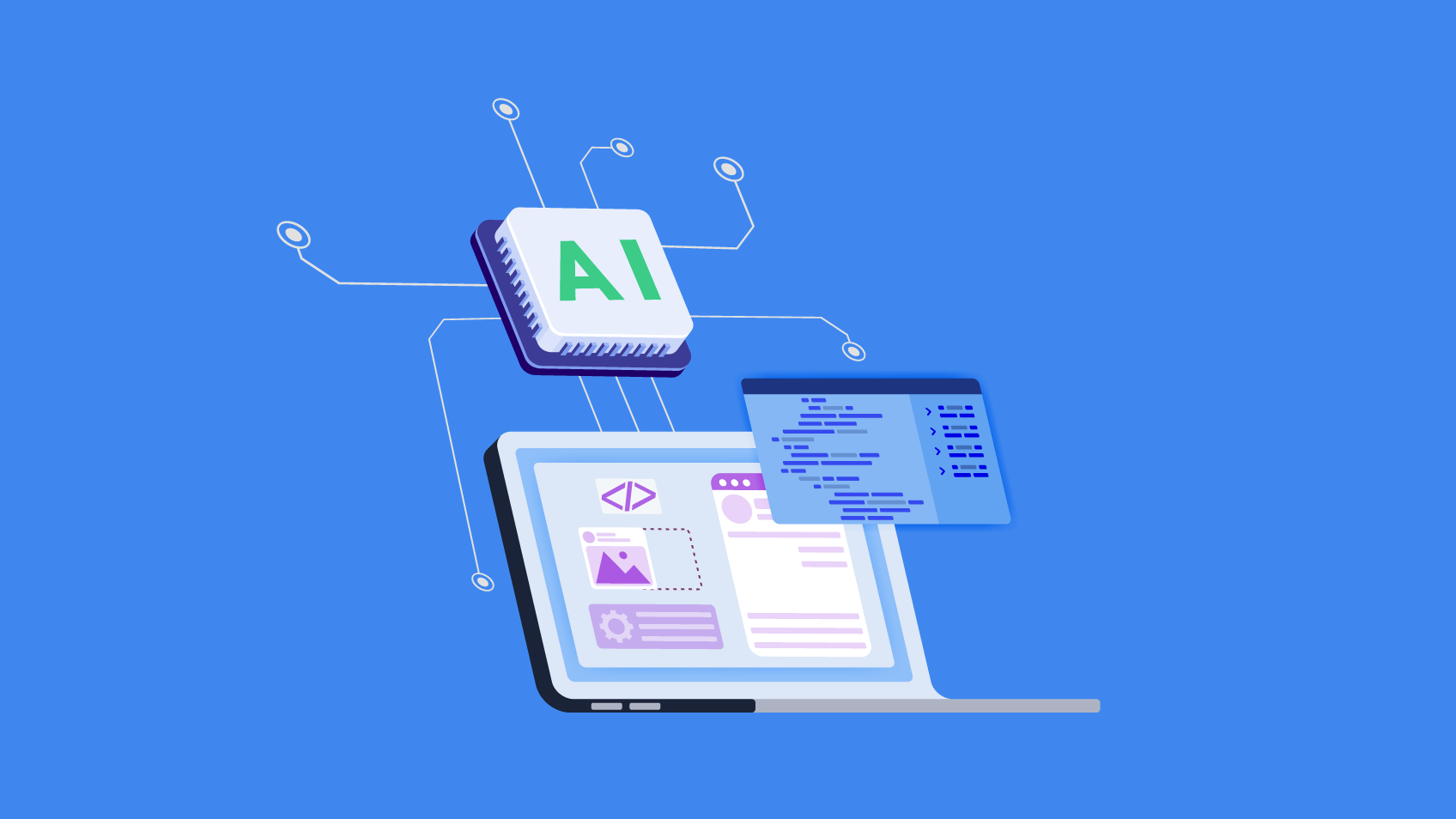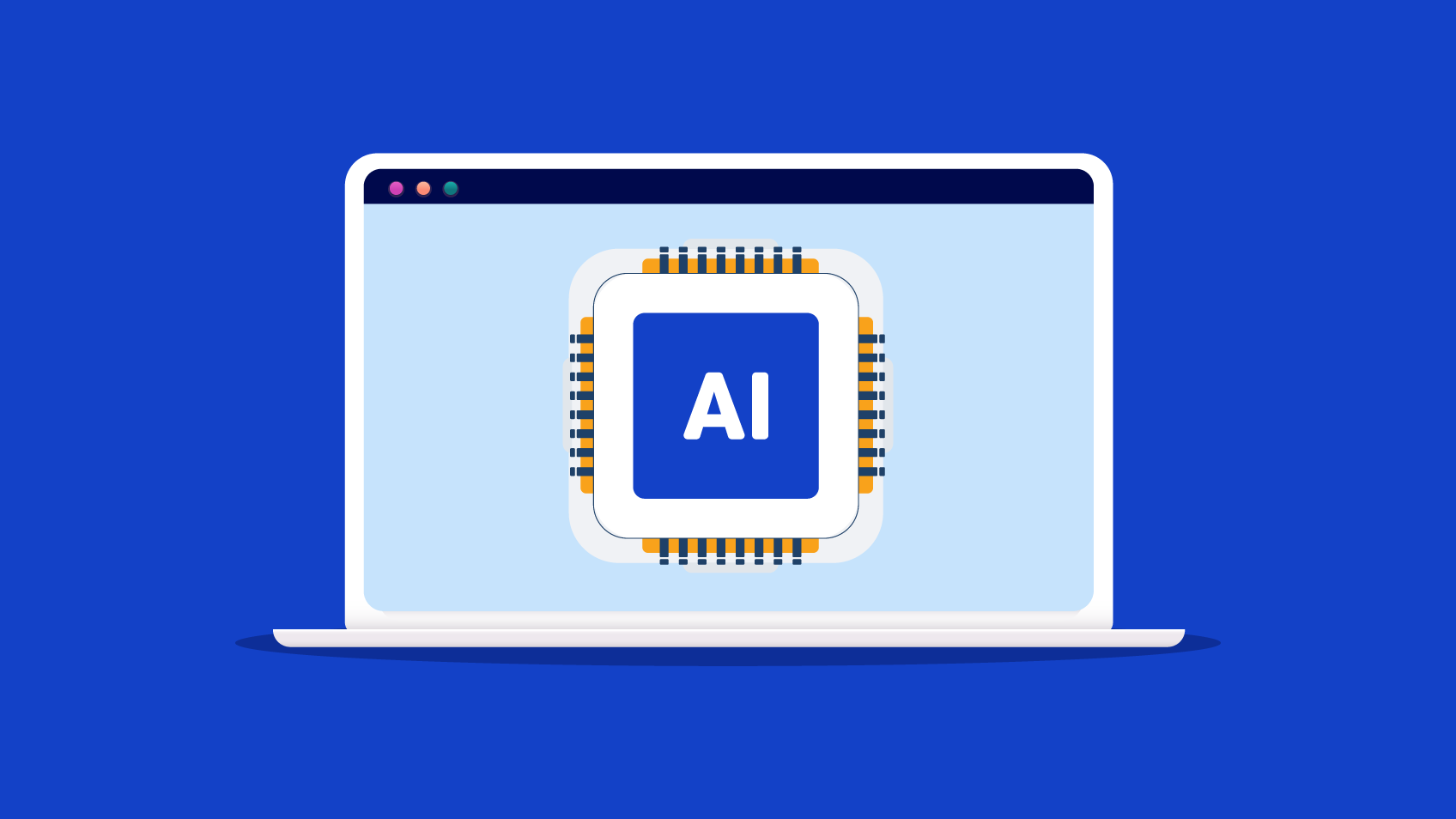5 SECONDS-SUMMARY:
- Artificial intelligence (AI) is often described as one of the pillars of the “4th Industrial Revolution” – a technological revolution that is fundamentally transforming the way we live, work and relate to each other. It is based on the convergence of various advanced technologies, including AI, the Internet of Things (IoT), robotics, the cloud and nanotechnology, among others. These technologies are developing exponentially and have the potential to cause profound changes in practically every sector of society, driving process automation, intelligent personalisation, advanced data analysis and improved human-machine interactions.
- This article looks at the relationship between Artificial Intelligence and digital experiences and how AI is playing a vital role in the design of those experiences.
ArtificiaI Intelligence and digital experiences: a crucial role in UX
AI plays a crucial role in creating more personalised, efficient digital experiences.
The technology is capable of analysing massive volumes of data in real time and identifying patterns and mental models. This means it can understand and anticipate user behaviour, preferences and needs more accurately than ever before.
Predictive UX with AI is applicable in areas such as e-commerce, entertainment, health, retail, transport and education, among others.
For example:
• It can anticipate patients’ needs based on their medical history and suggest relevant treatments or consultations.
• The car industry uses AI to develop autonomous cars that can drive safely without human intervention.
• Investment platforms use it to analyse the financial market in real time and make recommendations based on the investor’s goals and risk profile.
• Online education portals use these technologies to offer personalised tutoring to students, assessing their progress and adapting content based on individual needs.
• In food retail, stock management and replenishment processes benefit from the potential of implementing AI tools, as exemplified in this Xpand IT use case.
AI is shaping the future and transforming how we design digital experiences. By having access to a vast amount of information about users, we can use it as the backbone of a relevant experience based on the user as an individual with specific needs and expectations.
The application of AI in UX design includes:
Intelligent Customisation
Personalisation is one of the most notable fields in which AI is making a difference. Companies like Amazon, Netflix and Spotify have adopted AI to offer personalised recommendations to their customers.
Virtual assistants
Chatbots and virtual assistants are examples of AI that offer more natural interactions with devices and applications, helping businesses to operate remotely. They respond to voice commands, provide information in natural language and can conduct specific tasks, making the experience more convenient and efficient.
Business process automation
Businesses are adopting automation for tasks such as customer service, inventory management and financial data processing. In more complex business processes, AI analyses data in real time and makes informed decisions to optimise operations.
Predictive UX
Predictive UX is made up of a set of powerful tools that analyse patterns, trends and correlations. These are some of its benefits and how it can be applied:
Contextual personalisation
The ability to analyse data and understand the context in which a user is interacting with a system or application. This includes considering information such as location, browsing history, personal preferences and environmental data.
Smart recommendations
One of the most visible aspects of predictive UX is the generation of intelligent recommendations, which is widely used in e-commerce platforms, content streaming and social networks.
Proactive assistance
AI is also used to provide proactive assistance. This means that instead of waiting for the user to ask for help, it can anticipate common problems or queries and offer solutions automatically.
Continuous learning
As the user interacts with the system, AI collects data on their preferences and behaviour, constantly refining predictions, and personalisation. The more data it has, the better it becomes at anticipating the user’s needs.
The future of AI in experience design
As AI continues to evolve, the future of UX becomes even more exciting. Personalisation will be taken to new heights, with systems that understand not only our behaviours but also why we make certain choices.
AI will improve accessibility, making digital experiences more inclusive for people with limitations. For example, AI systems can automatically translate content into sign language for deaf users, making such content even more accessible.
AI will also continue to play a crucial role in creating more natural and intuitive interactions. As voice recognition and natural language processing technology develops, it will be possible to interact with digital applications in a way that is closer to human communication, which will make technology easier to use and more accessible to everyone.
Final Thoughts
Artificial intelligence is transforming how we experience the digital world, making experiences more effective, engaging and convenient. However, like others before it, this technology still has a long way to go to mature and sustain itself. We have only just begun to explore the potential this technology has to revolutionise different businesses and industries.
The use of AI offers numerous opportunities, but also raises concerns that must be weighed up, such as the representativeness of models, data privacy, security measures, ethics and responsibility. Addressing these challenges is key to ensuring that AI is used consciously.
As we continue to move forward in this era of artificial intelligence, it is essential that UX professionals, in partnership with companies, are at the forefront of this revolution. The adoption of AI is not only a competitive advantage, but also a necessity in order to offer high-quality digital experiences in an increasingly connected and technology-driven world.

Head of UX, Xpand IT














